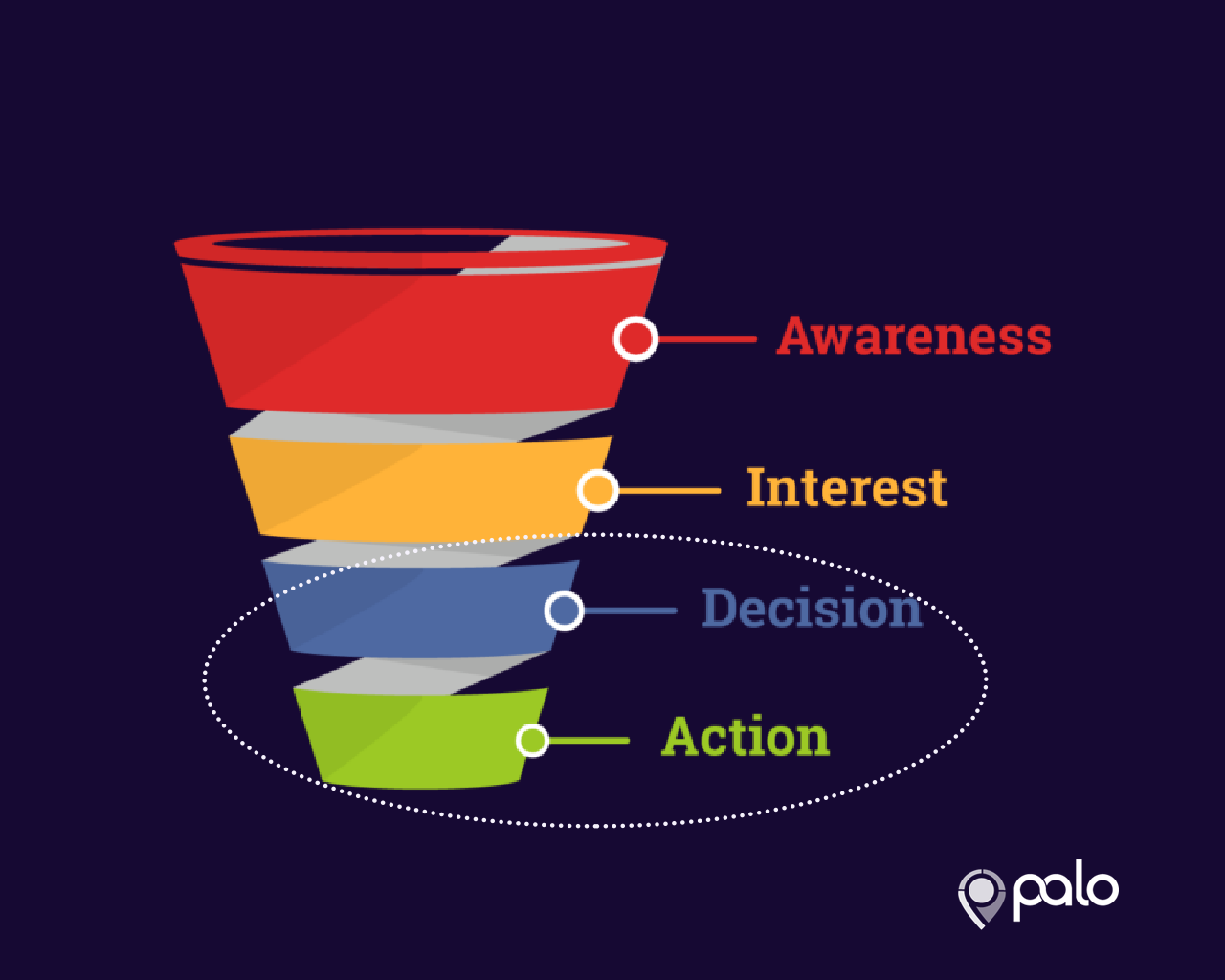
Warm Transfer vs. Cold Transfer: Which One Is Right for Your Business?
Call transfer is a standard part of almost every call center. But while frequently used, call transfers can be loaded with a wide range of pitfalls.
In fact, at least 68% of consumers say that they get irritated when their call has to be transferred to another agent. This is because they don’t like spending extra time on the phone or, worse, repeating themselves.
However, not all call transfers result in a bad consumer experience. Some transfers help both callers and contact center agents.
But first, you need to understand the different types of call transfers and know when to opt for warm transfer over the traditional cold transfer to create a better customer experience.
This blog post discusses the two types of call transfers and how you can successfully use each one to create a better customer experience.
What Is Call Transfer?
In simple terms, call transfer means moving a live call from one call agent to another. It is a mechanism that lets call center agents to send phone calls that are currently in progress to another phone.
For instance, if the caller reaches a wrong department or team member, it is only appropriate if the phone is transferred to the right person other than hanging up on them or requesting them to call a different number.
When used appropriately, call transfer can be an excellent tool for customer service and a great way to maximize your call agents’ productivity. If you can connect your callers with the right team faster, it ends up in a good customer experience, which boosts your business.
Types of Call Transfers
Call transfers are divided into two categories: cold call transfers and warm call transfers. While both terms describe a way of sending an active call from one phone to another, they impact customer experience in different ways.
Cold transfers, also known as blind transfers, are the simplest transfer option. On the other hand, warm transfers usually require active collaboration between call agents to ensure the caller doesn’t repeat themselves.
What Is Warm Transfer and When Should You Use It?
A warm call transfer simply means that the other call agent will be notified of the impending transfer and crucial information about the customer passed over to them before the call is sent to them.
It means that the agent to whom the call is being transferred will have clear background information about the caller before speaking to them. This is crucial because it eliminates the need for repetition from the caller and makes the entire experience seamless.
This kind of transfer allows your call center agents to learn about the customer’s issue plus any other information that could be useful to them before they pick up the call.

Warm transfers are designed to provide your team members with the time and information they need to offer quality customer service that makes the callers feel valued.
Furthermore, your team is able to give the callers a warmer welcome and even a personalized greeting instead of picking up the call with the standard “Hello, I’m XYZ.”
However, if you will do warm transfers in your call center, you need to ensure you have some good hold music on the line for your callers while they wait for the transfer to be completed. You should also have a standard script that helps to keep your call center agents consistent and personable.
When Should Use Warm Call Transfer?
Warm transfers are the most preferred option for salespeople, support teams, and any other situation where the agent receiving the call needs some background information about the caller to move forward with the conversation.
It is crucial in situations where callers may decide to hang up or get frustrated when asked to repeat themselves or wait on the line while their accounts are being pulled up.
It is the best transfer strategy when dealing with relatively complex issues. It can also be valuable when the issue at hand is specific to the caller or relates to product return requests, account questions, or local promotion inquiries.

Warm transfers are also ideal for sales calls because they show your leads that you listen and are ready to help. When dealing with sales calls, be sure to limit the number of transfers in one call to keep the lead interested in your brand.
Other situations that may warrant a warm transfer are emotional calls, escalation calls, and calls about a highly sensitive matter. This is why certain organizations such as healthcare businesses always opt to make warm transfers a standard operating procedure.
Also, use warm transfer when dealing with a caller (s) who has already called your contact center several times about the same issue. In this case, you need to be human and take time without worrying so much about your average handle time.
What Is a Cold Transfer and When Should You Use It?
A cold transfer happens when a call is transferred to another agent without the current agent speaking with the other agent who will be picking up the call.
In most cases, the transfer process is initiated through an automated call distribution service, and the agent the call is transferred to has no background information about the caller because they have not been briefed before the transfer is done.
If the intended agent is unavailable, the call may be directed to voicemail automatically. To get the best results with cold transfers, you have to ensure your best agents are the first port for all incoming calls.

In some cases, cold calls don’t start with human interaction. Instead, all incoming calls are automatically transferred after the caller interacts with an interactive voice response system or an auto-attendant.
Callers are required to choose an option from a provided menu by pressing some digit before they are transferred to the right person.
When Should You Use Cold Transfers?
While warm transfers generally create a more personalized customer experience, they are not always the best option. You will discover that warm transfers are not worth the hassle in some situations.
Generally, a cold transfer can be particularly useful when the contact center is facing a surge in calls and agents are trying to serve them all within a certain deadline. A cold transfer remains the quickest way to get the caller the help they need.
Cold transfers are effective if the caller only has a simple question that doesn’t require the person handling the call to have any background information.
For instance, if a customer calls to inquire about the payment methods you accept, it is only logical that the caller is transferred straight to the available billing agent for help.

The prospect will still get the answer they are looking for within minutes since no other context is needed. No need to put them on hold for minutes.
Cold transfers can also be helpful when your customer support team is out of the office. You can set up a simple IVR to transfer clients’ calls to a specific phone number, so their messages land to an emergency number of the right voicemail.
The key to successful cold transfers is communicating clearly with the customer. Take time early in the call to give the customer an alternative call-back number should the call be disconnected or have trouble transferring.
Also, direct all callers to simple self-service options if they are available instead of trying to transfer them to an agent. In most cases, callers prefer self-service options over speaking with agents as long as the self-service options resolve their issues.
Summary
Now that you know the types of call transfers and when to use each one, be sure to install a good contact center software that will help you improve your performance. A good call management software reduces customer wait times, hold times, and maximizes your agents’ productivity resulting in good customer service.






